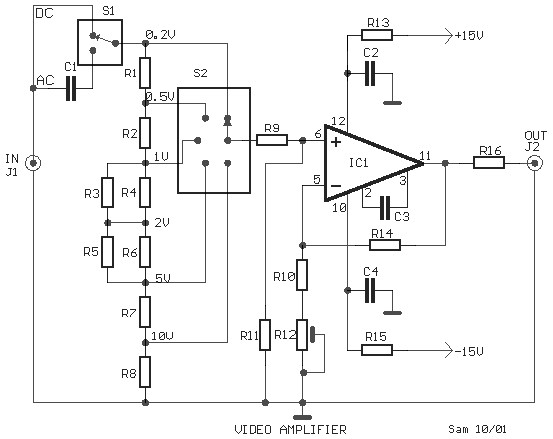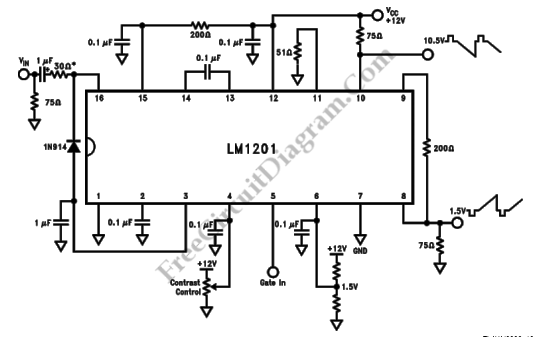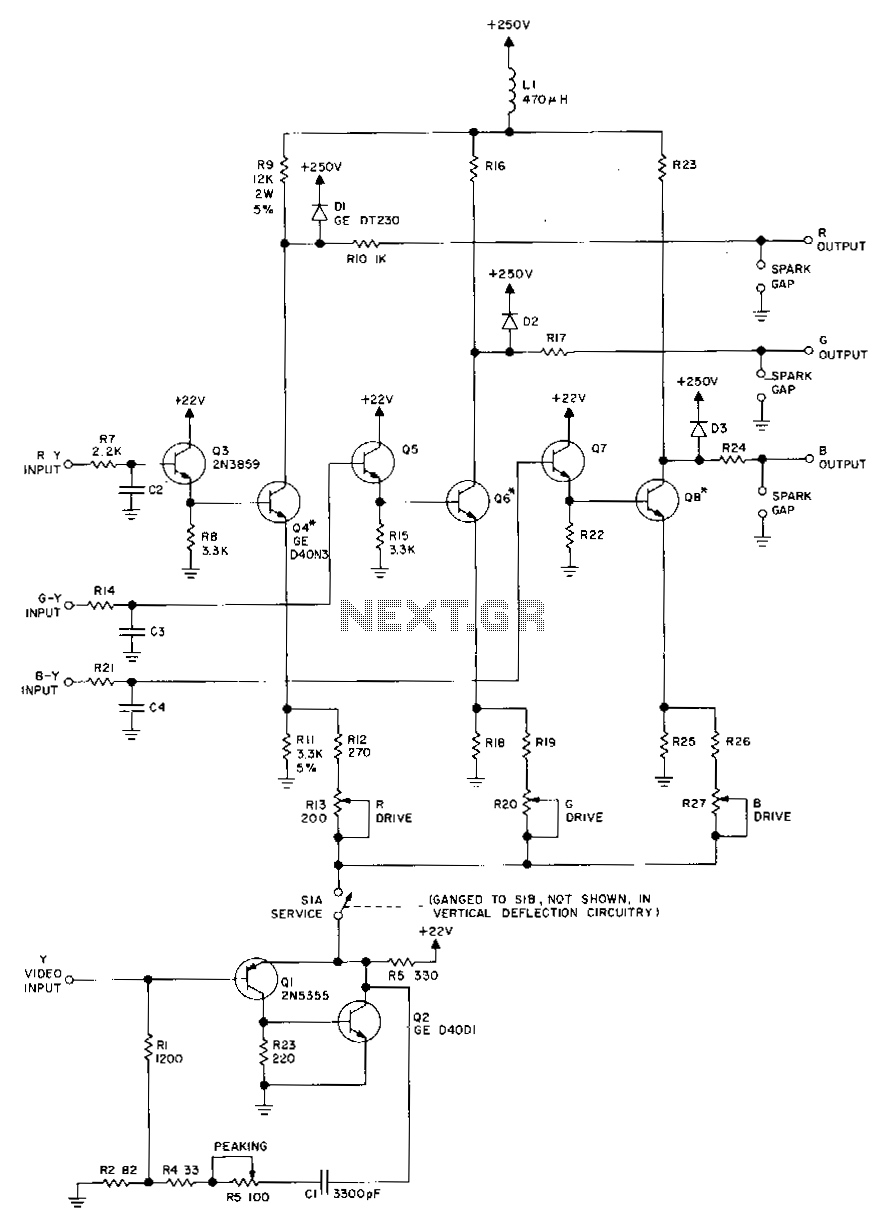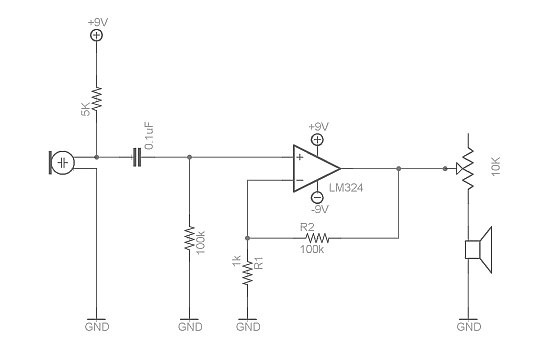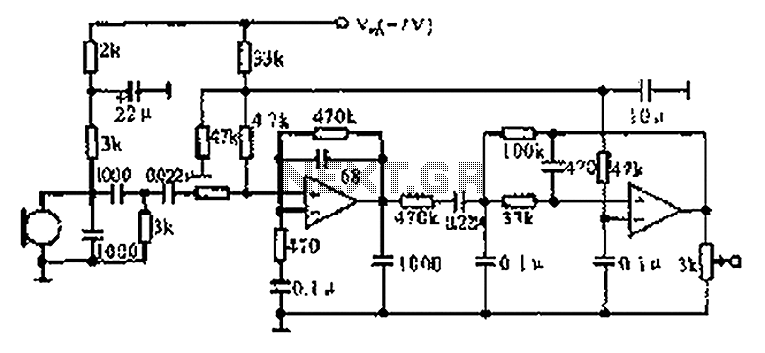
ARCHITECTURES FOR VIDEO PROCESSING
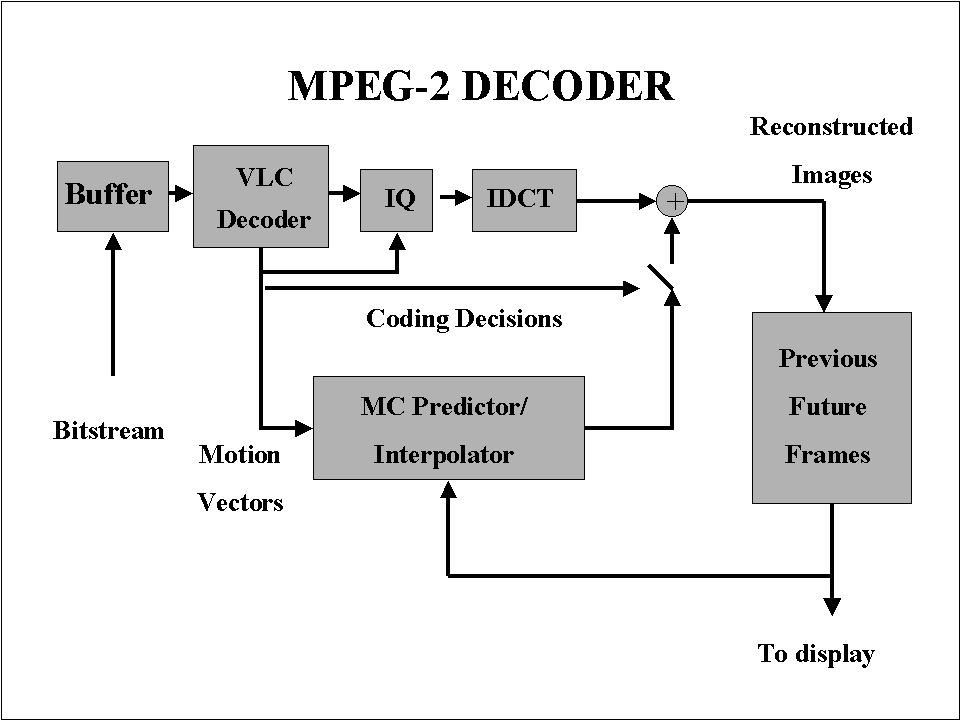
The primary inquiry to address is the contemporary understanding of video processing. Until the late 1980s, two distinct realms existed: the analog television domain and the digital computing domain. All television processing, from the camera to the receiver, relied on analog methods, including analog modulation and recording. With advancements in digital technology, a portion of analog processing was transitioned to digital circuits, providing significant advantages in terms of circuit reproducibility, cost efficiency, stability, and reduced noise sensitivity, thereby enhancing quality. By the end of the 1980s, entirely new video processing capabilities became viable through digital circuits. Currently, image compression and decompression represent the most crucial and complex aspect of digital video processing within the entire television chain. In the near future, digital processing will facilitate the transition from standard resolution television to high-definition television (HDTV), where compression and decompression are essential due to the required transmission bandwidth. Additional applications will emerge at the camera level to improve image quality by increasing the bit depth from 8 to 10 or 12 bits per pixel or employing suitable processing techniques to mitigate sensor limitations, such as image enhancement through non-linear filtering and processing. Digital processing will also extend to studios for digital recording, editing, and converting between 50/60 Hz standards. The high communication bandwidth required for uncompressed digital video, necessary for editing and recording operations among studio devices, currently restricts the full utilization of digital video and processing at the studio level. Video compression has emerged as the predominant application in video processing for television because an analog TV channel requires only a 5 MHz bandwidth for transmission. In contrast, digital video with 8-bit analog-to-digital conversion, 720 pixels by 576 lines (54 MHz sampling rate), necessitates a transmission channel with a capacity of 168.8 Mbit/s. For digital HDTV, with 10-bit A/D conversion and 1920 pixels by 1152 lines, the required capacity escalates to 1.1 Gbit/s, making affordable applications without video compression unfeasible. These factors have also underscored the necessity for global standards in video compression to ensure interoperability and compatibility among devices and operators. H.261 is the first digital video compression standard designed for videoconferencing applications, while MPEG-1 was created for CD storage applications (up to 1.5 Mbit/s). MPEG-2 serves digital television and HDTV, with data rates ranging from 4 to 9 Mbit/s for TV and up to 20 Mbit/s for HDTV. H.263 targets videoconferencing at very low bit rates (16-128 kb/s). These standards can be viewed as a family of standards sharing similar processing algorithms and features, indicating that encoding algorithms are competitive. Encoders can be optimized for either higher quality compressed video or simplified encoding processes for ease of implementation. Furthermore, with increased processing power in the future, more sophisticated and demanding encoding algorithms may be employed to refine the available encoding syntax. The foundational principles of video compression standards significantly influence the architectures used for video compression. To fully grasp the primary processing and architectural considerations in video compression, a detailed analysis of the basic processing of the MPEG-2 standard in relation to the YUV format and subsequent filtering is necessary.
The evolution of video processing technologies has transformed the landscape of television broadcasting and digital media. The shift from analog to digital processing has not only improved the quality of video but has also introduced new methodologies for compression that are essential for efficient transmission and storage. The fundamental principles underlying video compression, particularly in standards such as MPEG-2, involve complex algorithms that manage the encoding and decoding processes necessary for handling large volumes of video data. The YUV color space, which separates image luminance from chrominance, is a critical component in these algorithms, allowing for more efficient data representation and compression techniques.
The implementation of video compression standards necessitates a robust understanding of the architecture that supports these processes. This includes the design of hardware and software systems capable of handling the computational demands of real-time video encoding and decoding. As video resolutions increase and the demand for higher quality content grows, the need for advanced encoding techniques becomes paramount. Future developments in processing power will enable the adoption of more sophisticated algorithms that can further optimize video quality while minimizing bandwidth usage.
Moreover, the interoperability of various video compression standards is vital for ensuring seamless communication between different devices and platforms. As the industry continues to evolve, adherence to established standards will facilitate compatibility and enhance user experience across diverse viewing environments. The ongoing research and development in this field will likely lead to innovative solutions that address the challenges posed by high-definition and ultra-high-definition video formats, ensuring that video processing remains at the forefront of technological advancement.The first question we would like to answer is: what do we mean nowadays for video processing In the past, more or less till the end of the 80`s there where two distinct worlds: an analog TV world and a digital computer world. All TV processing from the camera to the receiver was based on analog processing, analog modulation and analog recording.
With the progress of digital technology, a part of the analog processing could be implemented by digital circuits with consistent advantages in terms of reproducibility of the circuits leading to cost and stability advantages, and noise sensitivity leading to quality advantages. At the end of the 80`s completely new video processing possibilities became feasible by digital circuits.
Today, image compression and decompression is the dominant digital video processing in term of importance and complexity of the all TV chain. In the near future digital processing will be used to pass from standard resolution TV to HDTV for which compression and decompression is a must, considering the bandwidth that it would require for transmission.
Other applications will be found at the level of the camera to increase the image quality by increasing the number of bit from 8 to 10 or 12 for each pixel, or by using appropriate processing aiming at compensating the sensors limitations (image enhancement by non-linear filtering and processing). Digital processing will also enter into the studio for digital recording, editing and 50/60 Hz standard conversions.
Today the high communications bandwidth required by uncompressed digital video necessary for editing and recording operations, between the studio devices limits the use of full digital video and digital video processing at studio level. Why video compression has become the dominant video processing application of TV An analog TV channel only needs a 5 MHz analog channel for the transmission, conversely in case of digital video with: 8 bit A/D, 720 pixels for 576 lines (54 MHz sampling rate) we need a transmission channel with a capacity of 168.
8 Mbit/s! In case of digital HDTV the capacity for: 10 bit A/D, 1920 pixels 1152 lines raise up to1. 1 Gbit/s! No affordable applications, in terms of cost, are thus possible without video compression. These reasons have raised also the need of worldwide standards for video compression so as to achieve interoperability and compatibility among devices and operators. H. 261 is the names given to the first digital video compression standard specifically designed for videoconference applications, MPEG-1 is the name for the one designed for CD storage (up to 1.
5 Mbit/s) applications, MPEG-2 for digital TV and HDTV respectively from 4 up to 9 Mb/s for TV, or up to 20 Mb/s for HDTV; H. 263 for videoconferencing at very low bit rates (16 - 128 kb/s). All these standards can be better considered as a family of standards sharing quite similar processing algorithms and features.
This means that encoding algorithms are a competitive issues, encoders can be optimized aiming at achieving higher quality of compressed video or aiming at simplifying the encoding algorithm so as to have simple encoder. It also mean that in future disposing of more processing power we can use more and more sophisticated and processing demanding encoding algorithms to find the best choices of the available encoding syntax.
These basic principles of the video compression standards have clearly strong consequences on the architectures implementing video compression. So as to understand what are the main processing and architectural issues in video compression we briefly analyze in more details the basic processing of MPEG-2 standarmat to the YUV format and subsequent filtering and subis the reduction of spaoding for each macro-block is not specified byhe pixel on the screen
🔗 External reference
The evolution of video processing technologies has transformed the landscape of television broadcasting and digital media. The shift from analog to digital processing has not only improved the quality of video but has also introduced new methodologies for compression that are essential for efficient transmission and storage. The fundamental principles underlying video compression, particularly in standards such as MPEG-2, involve complex algorithms that manage the encoding and decoding processes necessary for handling large volumes of video data. The YUV color space, which separates image luminance from chrominance, is a critical component in these algorithms, allowing for more efficient data representation and compression techniques.
The implementation of video compression standards necessitates a robust understanding of the architecture that supports these processes. This includes the design of hardware and software systems capable of handling the computational demands of real-time video encoding and decoding. As video resolutions increase and the demand for higher quality content grows, the need for advanced encoding techniques becomes paramount. Future developments in processing power will enable the adoption of more sophisticated algorithms that can further optimize video quality while minimizing bandwidth usage.
Moreover, the interoperability of various video compression standards is vital for ensuring seamless communication between different devices and platforms. As the industry continues to evolve, adherence to established standards will facilitate compatibility and enhance user experience across diverse viewing environments. The ongoing research and development in this field will likely lead to innovative solutions that address the challenges posed by high-definition and ultra-high-definition video formats, ensuring that video processing remains at the forefront of technological advancement.The first question we would like to answer is: what do we mean nowadays for video processing In the past, more or less till the end of the 80`s there where two distinct worlds: an analog TV world and a digital computer world. All TV processing from the camera to the receiver was based on analog processing, analog modulation and analog recording.
With the progress of digital technology, a part of the analog processing could be implemented by digital circuits with consistent advantages in terms of reproducibility of the circuits leading to cost and stability advantages, and noise sensitivity leading to quality advantages. At the end of the 80`s completely new video processing possibilities became feasible by digital circuits.
Today, image compression and decompression is the dominant digital video processing in term of importance and complexity of the all TV chain. In the near future digital processing will be used to pass from standard resolution TV to HDTV for which compression and decompression is a must, considering the bandwidth that it would require for transmission.
Other applications will be found at the level of the camera to increase the image quality by increasing the number of bit from 8 to 10 or 12 for each pixel, or by using appropriate processing aiming at compensating the sensors limitations (image enhancement by non-linear filtering and processing). Digital processing will also enter into the studio for digital recording, editing and 50/60 Hz standard conversions.
Today the high communications bandwidth required by uncompressed digital video necessary for editing and recording operations, between the studio devices limits the use of full digital video and digital video processing at studio level. Why video compression has become the dominant video processing application of TV An analog TV channel only needs a 5 MHz analog channel for the transmission, conversely in case of digital video with: 8 bit A/D, 720 pixels for 576 lines (54 MHz sampling rate) we need a transmission channel with a capacity of 168.
8 Mbit/s! In case of digital HDTV the capacity for: 10 bit A/D, 1920 pixels 1152 lines raise up to1. 1 Gbit/s! No affordable applications, in terms of cost, are thus possible without video compression. These reasons have raised also the need of worldwide standards for video compression so as to achieve interoperability and compatibility among devices and operators. H. 261 is the names given to the first digital video compression standard specifically designed for videoconference applications, MPEG-1 is the name for the one designed for CD storage (up to 1.
5 Mbit/s) applications, MPEG-2 for digital TV and HDTV respectively from 4 up to 9 Mb/s for TV, or up to 20 Mb/s for HDTV; H. 263 for videoconferencing at very low bit rates (16 - 128 kb/s). All these standards can be better considered as a family of standards sharing quite similar processing algorithms and features.
This means that encoding algorithms are a competitive issues, encoders can be optimized aiming at achieving higher quality of compressed video or aiming at simplifying the encoding algorithm so as to have simple encoder. It also mean that in future disposing of more processing power we can use more and more sophisticated and processing demanding encoding algorithms to find the best choices of the available encoding syntax.
These basic principles of the video compression standards have clearly strong consequences on the architectures implementing video compression. So as to understand what are the main processing and architectural issues in video compression we briefly analyze in more details the basic processing of MPEG-2 standarmat to the YUV format and subsequent filtering and subis the reduction of spaoding for each macro-block is not specified byhe pixel on the screen
🔗 External reference
